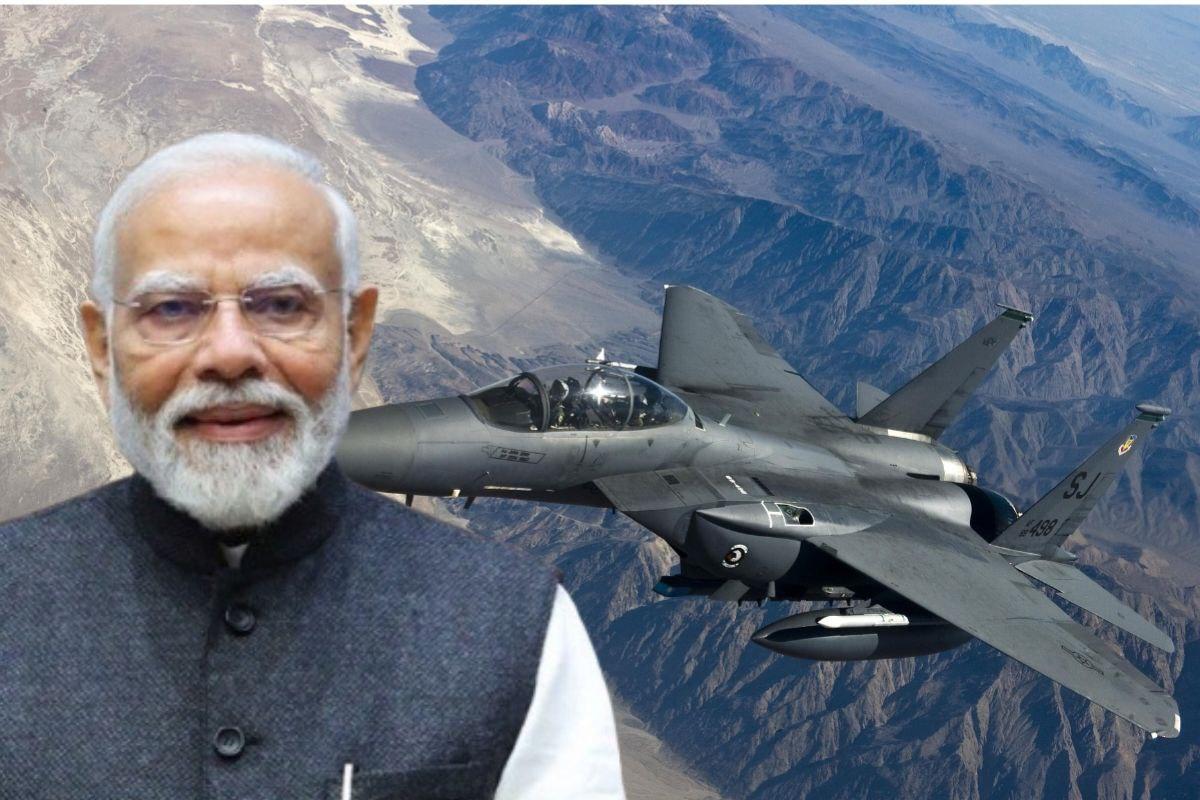India boasts the world’s fourth-largest military, yet it lacks one of the most potent symbols of strategic power — a strategic bomber. These are not ordinary aircraft. Strategic bombers are not designed for tactical warfare on the battlefield but for psychological and strategic dominance. They don't just drop bombs; they declare a nation’s might to the world.
This is why when Israel attacked Iran for weeks, the world remained relatively silent. But the moment America deployed a single B-2 bomber and dropped just four bombs, global media lit up. The question today is not whether India needs a bomber — that is clear. The question is: which bomber should India go for, and what are the available options?
Strategic bombers are more than machines; they represent strategy, deterrence, and prestige. The U.S., Russia, and China all possess strategic bombers. India, despite its massive military, does not. During the Balakot airstrikes, the Indian Air Force successfully destroyed terrorist camps, yet the world did not see it as a projection of overwhelming power.
Had India used a strategic bomber to carry out that strike, particularly close to Islamabad, it would have been viewed as a show of dominance, much like how global powers assert their might.
At one point, there were unofficial talks between India and Russia to lease eight TU-160 strategic bombers. However, the negotiations did not progress much further. A major reason could be the drone attacks by Ukraine on Russian airbases that destroyed several TU-160s.
With its bombers under threat, Russia has turned inward, focusing on replenishing its own fleet. India had planned to integrate its own weapons like BrahMos and Astra missiles into the TU-160, making it a uniquely Indian strategic platform.
The TU-160, also known as the "Blackjack," is a formidable machine. It is 177.6 feet long, with a wingspan of 182.9 feet and a height of 43 feet. The empty aircraft weighs around 110,000 kilograms, and it can take off with a maximum weight of 225,000 kilograms. It can fly at altitudes of 52,000 feet and reach a maximum speed of 2,000 km/h at 40,000 feet, though it typically cruises at around 960 km/h.
The bomber can cover a range of 12,300 kilometers in one go, with a combat range of about 2,000 kilometers, which can extend up to 7,300 kilometers at subsonic speed. With a climb rate of 14,000 feet per minute, its performance is unmatched in certain aspects.
Currently, India has no strategic bomber in its arsenal. Incorporating a TU-160 Blackjack into the Indian Air Force could be a game changer, enhancing India's strike capability against both China and Pakistan while positioning India more favorably among Western military powers.
On the other side is the American B-1 Lancer — an equally dangerous platform, and perhaps a more practical choice for India. The B-1 is a supersonic bomber capable of reaching speeds up to Mach 1.5. It has a payload capacity of 34 tons and can carry either 24 nuclear-capable bombs or up to 84 conventional bombs.
With a radar cross-section designed to be minimal and a combat range close to 12,000 kilometers, the B-1 Lancer is built to reach any target in Pakistan or China from Indian territory.
More importantly, the B-1 Lancer has already proven itself in active combat operations in Iraq, Afghanistan, and Syria, showcasing American military power to the world. From a practical standpoint, the B-1 is attractive for India because it is potentially available for sale, can be customized with Indian weapons, and has the operational capability to deter regional adversaries.
But there lies a dilemma — the trust factor. India is well aware of America’s historical inconsistency when it comes to arms deals. Delays, restrictions, or political strings often come attached. This makes strategic independence harder. Yet, if India needs a strategic bomber now, the B-1 Lancer is the only readily available option.
Technically, the TU-160 is superior in terms of range, speed, and climb rate. However, it is not readily available due to Russia’s own limitations and increasing geopolitical isolation. The B-1 Lancer may be older, but it is accessible, proven, and can be customized to Indian needs. And in defense, especially in aviation, what matters most is timely access to technology and rapid deployment.
So why hasn’t India already acquired a strategic bomber despite having such a large military force? The answer lies in a strategic miscalculation. India’s Cold Start Doctrine emphasized rapid strikes and focused more on fighter aircraft and missile systems rather than air dominance through strategic bombers. Now, as China deploys its H-6 bombers near the Line of Actual Control (LAC), the urgency to achieve sky supremacy is finally being realized.
Could India build its own strategic bomber? Absolutely. DRDO has the talent and expertise. However, creating a strategic bomber from scratch is a decade-long commitment — realistically, 10 to 15 years. India might not be able to field an indigenous bomber before 2040. By then, China would already have operationalized its next-generation H-22 stealth bombers.
So what is the solution? Buy smart. Make a well-informed, strategic purchase. The TU-160 is powerful but not presently available. The B-1 Lancer, although slightly dated, can be integrated quickly and effectively. In short, India must act not on emotion, but on timing and strategy.
The strategic bomber could mark the beginning of India’s era of aerial dominance — a message not just to Islamabad, but also to Beijing. And when India’s own bomber flies over foreign skies, executing precision strikes, the world will no longer see India as just a regional power, but as a true strategic giant.
Disclaimer:
This article is for informational and analytical purposes only. It is based on publicly available data, expert opinions, and defense publications. It does not represent any official position of the Indian government or armed forces. The comparisons and viewpoints are intended to spark informed discussion and do not endorse any particular country's military equipment or policy.





